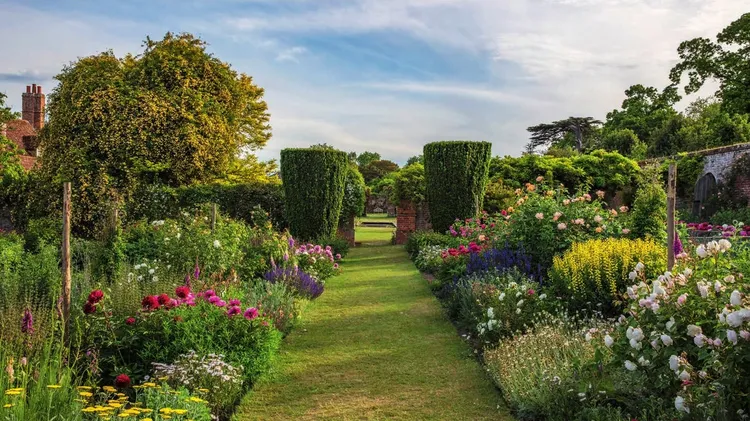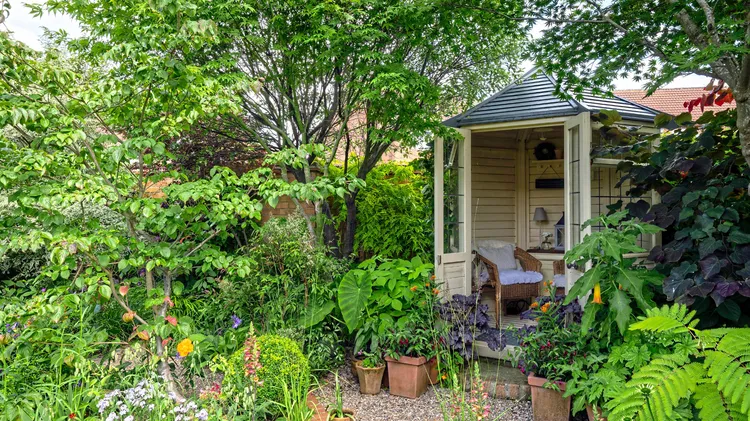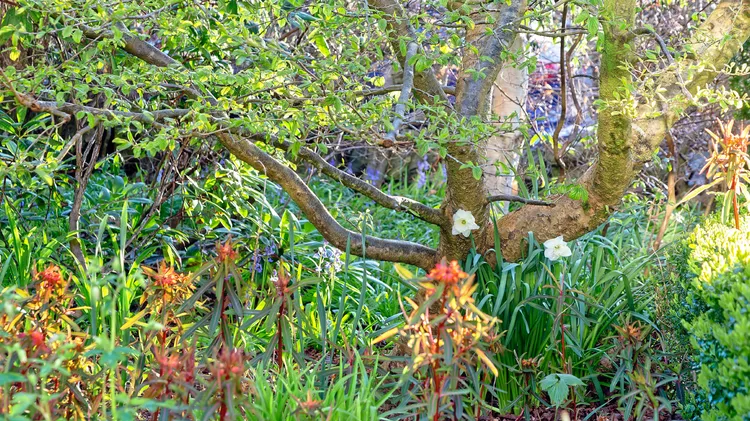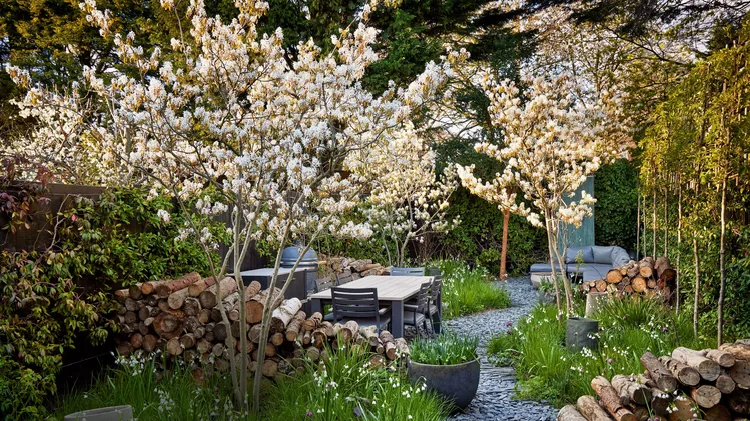At Norwell Nurseries in Nottinghamshire, Andrew and Helen Ward offer a master
Teach by example
5 min read
This article is from...
Read this article and 8000+ more magazines and newspapers on Readly






